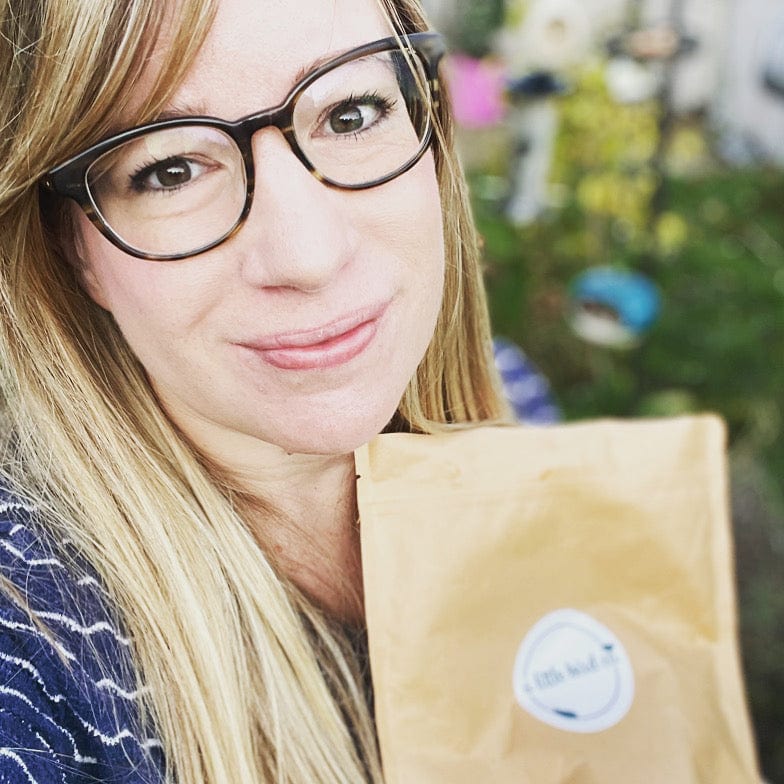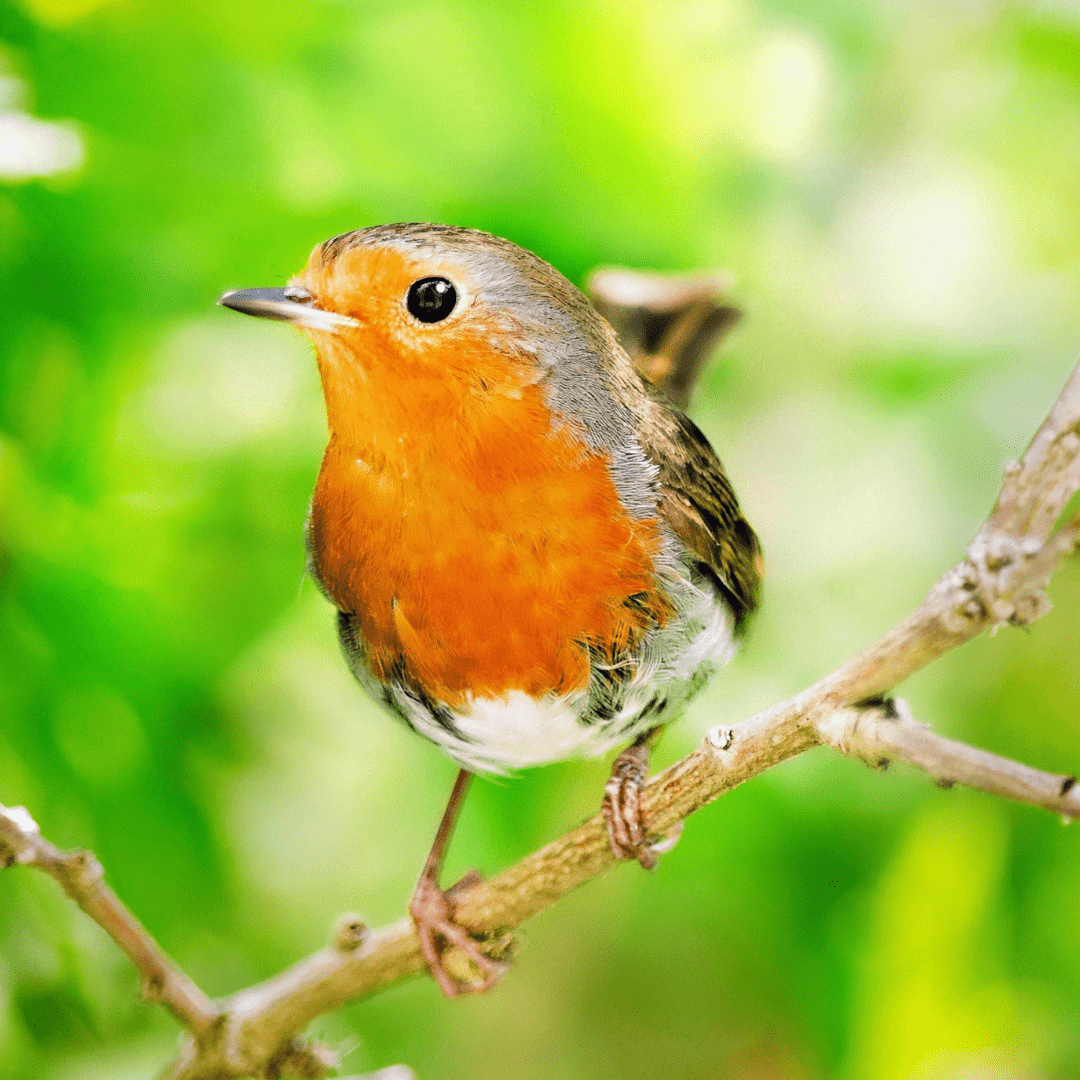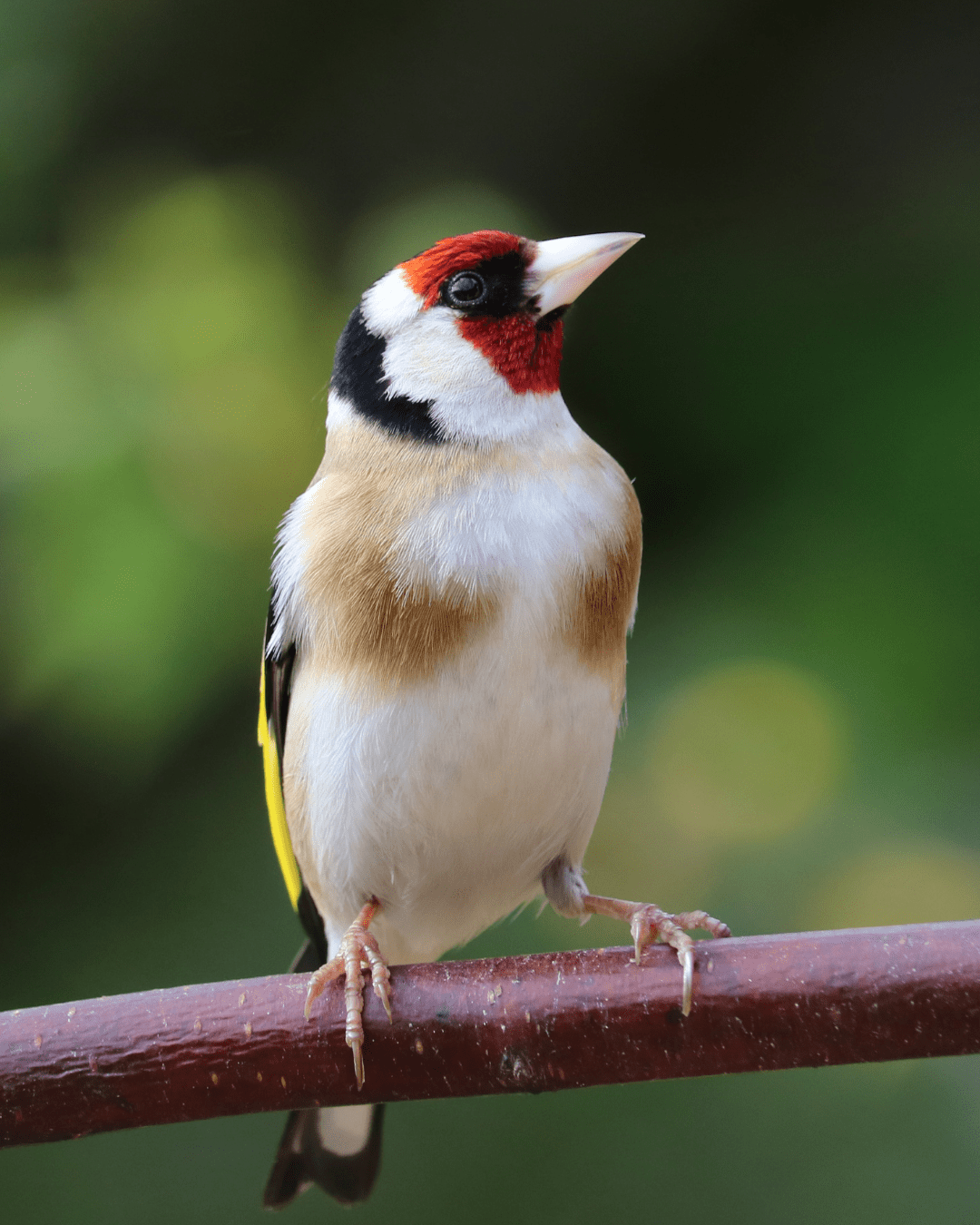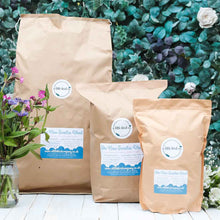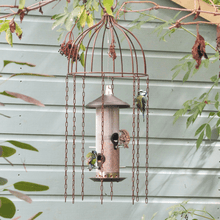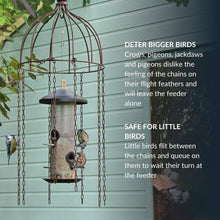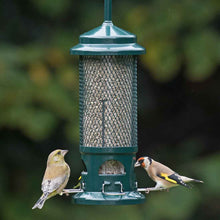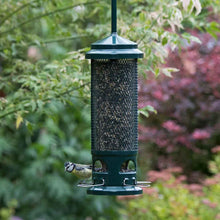Autumn nature quest: 7 fun outdoor challenges for kids this half term
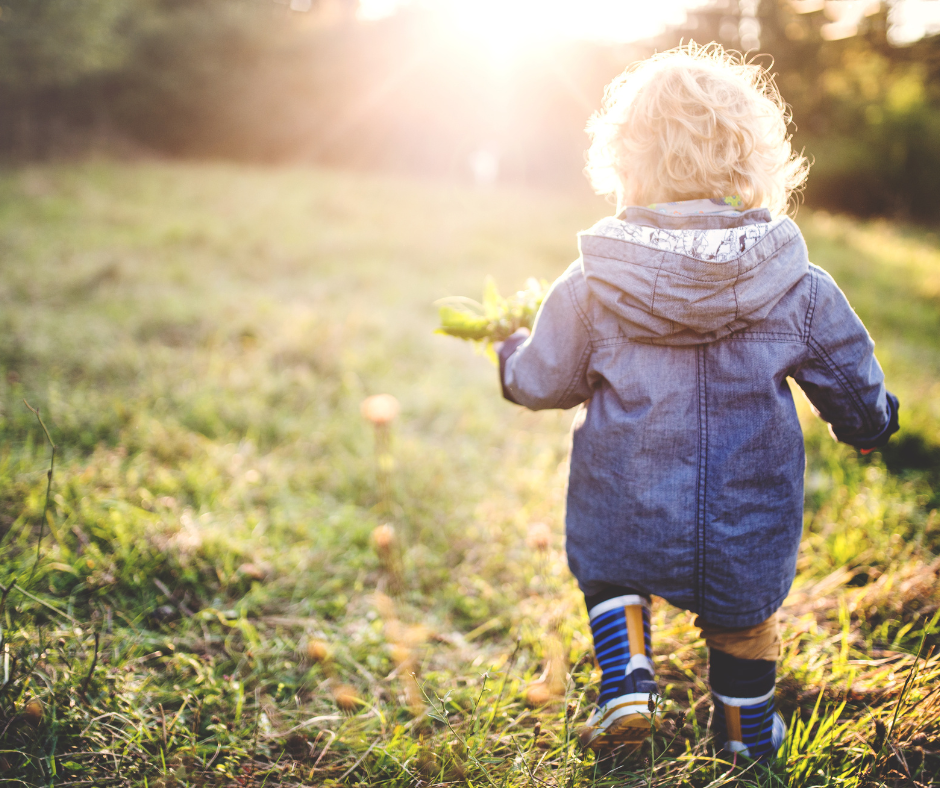
Autumn half term is the perfect time to pull on boots, head outside and explore the colours, sounds and wildlife of autumn. Shorter days and cooler weather make the season feel special, and there are plenty of ways to encourage children to notice the natural world around them. These seven outdoor challenges will help turn a walk, garden visit or park outing into an adventure, encouraging a little spark of curiosity and building a connection with nature.
1. Notice the signs of autumn
Start with the simple challenge of noticing what’s changing outdoors. Children can look for colourful leaves, berries in hedgerows, conkers underfoot or fungi growing after rain. Encourage them to listen for a bird’s call, or to carefully lift smaller logs or plant pots to see what insects might be sheltering there. They can compare what they spot each day through half term, noticing how the landscape shifts as the week goes on. Just remind them to always leave everything exactly as they found it, so the wildlife isn’t disturbed.
2. Build a leaf collection
Leaves are one of the most visible signs of autumn in the UK. Collecting different shapes, colours and textures can become a half term project in itself. Children can look for sycamore, oak, beech, chestnut and maple leaves and learn to tell them apart. Once collected, press the leaves between sheets of paper at home and use them for crafts or to create a simple scrapbook. If you'd prefer not to have them inside the house, a pile of leaves in a quiet corner of the garden makes a brilliant hideaway for all sorts of wildlife. If they can collect leaves of different shapes, sizes and colours, that will make a really pretty house for a lucky hedgehog, frog or toad looking for a sheltered spot to bed down as the nights get colder.
3. Hunt for fungi
Autumn is the peak season for fungi, and the UK’s woodlands and parks are full of fascinating mushrooms and toadstools. In our garden, toadstools seem to pop up overnight, so it's an activity that can be repeated over the week with different results each time. Make it a challenge to spot as many shapes and colours as possible, from tall parasols to tiny cup fungi. While you should never pick or eat wild fungi, children can enjoy photographing or drawing them instead. Point out how fungi help recycle nutrients in the soil and support woodland ecosystems. This challenge works well after rain, when mushrooms are more likely to appear.
4. Watch birds gathering
Autumn is a busy time for birds. Some are preparing to migrate, while others are flocking together for safety and food. Set the challenge of spotting at least three different bird behaviours. Children might see starlings forming noisy groups, geese flying overhead in V-shaped formations, or blackbirds eating berries. A pair of binoculars can make this activity even more productive. If you have a garden or balcony, filling a feeder with seasonal bird food is another way to bring the challenge closer to home.
5. Try a mini wildlife survey
Give children a notebook and pencil and ask them to record every creature they see during a walk. This could include birds, squirrels, ladybirds, worms or even spiders. Encourage them to note the time, place and weather, just like a real nature survey. They could carefully lift stones and small logs to see who's hiding underneath and look all around for feathers and footprints, too. At the end of the walk, they can count up their sightings and compare with other days. This activity introduces the idea of citizen science, while helping children realise how much life is around them, even in a short space of time.
6. Colour in the birds
Bring the outdoors back inside with a creative activity. We’ve created a downloadable colouring page featuring some of the UK’s most familiar garden birds. Children can look closely at the birds they see outside, then try to match the colours as they shade in the robin’s red breast, the blue tit’s yellow tummy or the goldfinch’s bright mask. It’s a calm way to reinforce what they’ve spotted outdoors and to learn how to identify different species, and a nice way to relax with a hot chocolate after of plenty of fresh autumn air. You can download the free pages here and turn it into a half term art project.
7. Build a hedgehog hideaway
October is the month when hedgehogs start preparing for hibernation. A great hands-on challenge is to create a hedgehog-friendly corner in the garden. Children can gather dry leaves, sticks and logs to build a small shelter in a quiet, undisturbed spot. Even if no hedgehog moves in, the shelter will support insects and provide cover for frogs or toads.
Why outdoor challenges matter
Children who learn to identify birds, trees or insects are more likely to grow up caring about nature and feeling motivated to protect it. Half term activities like these can spark curiosity, build confidence and encourage problem-solving skills. They also create family traditions that make the changing seasons memorable.
Download your free bird colouring sheet
We’ve created a free bird colouring page to go with this challenge. You can print it at home and take a closer look at some of the UK’s most familiar garden birds. Use it as a chance to study their markings outdoors, then bring the colours to life with pencils or paints. It’s a simple way to combine art with nature and help children remember what they’ve seen.
Take the adventure further
If your children enjoyed spotting autumn changes and colouring in the birds, why not take it a step further? The Little Birder Starter Set is designed to spark curiosity and make birdwatching a simple, hands-on family activity. The set includes a high-quality bird feeder, a bag of seasonal bird food, and Little Moments Outside — a beautifully illustrated book filled with activities, prompts and facts to help children notice more about what’s going on just outside the back door.
It’s the perfect way to turn a half term challenge into a year-round habit of watching, listening and learning from the nature right on your doorstep.
Encouraging children to connect with the natural world doesn’t require grand trips or expensive equipment. It’s about slowing down, looking closely and making everyday time outdoors more meaningful. This half term, try one or all of these challenges, and you might be surprised by how much wildlife your children notice, and how much they enjoy the experience of being outside together.

